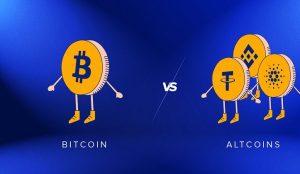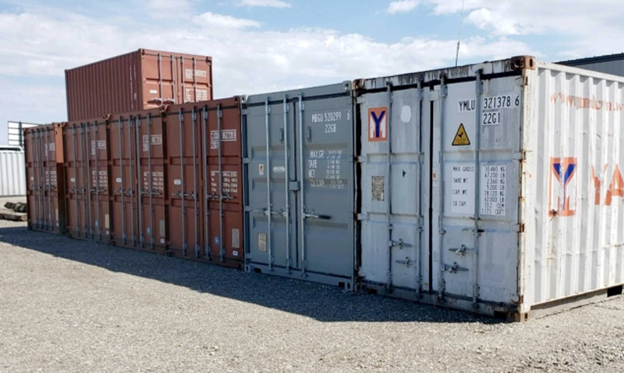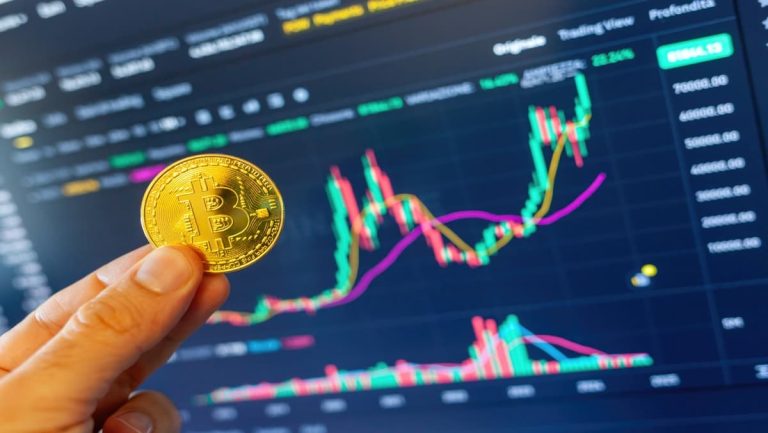The cryptocurrency ecosystem has expanded significantly beyond Bitcoin and Ethereum, resulting in thousands of new digital assets known as altcoins. These currencies and tokens range from well-established initiatives to experimental ventures, with each promising a unique use case, speedier transactions, or innovative technology. However, with opportunity comes considerable danger. For investors and fans, the key issue remains: are altcoins worth the risk?
Opportunities for the Altcoin Market
Altcoins represent some of the most fascinating ideas in the blockchain space. While Bitcoin primarily serves as a store of value, numerous altcoins experiment with features that go well beyond digital money.
- Decentralized Finance (DeFi): Altcoins such as Uniswap (UNI) and Aave (AAVE) power decentralized exchanges and lending systems, allowing for peer-to-peer financial services in the absence of traditional banks.
- Smart Contracts and dApps: While Ethereum may be the market leader, projects such as Solana (SOL) and Cardano (ADA) are improving speed, scalability, and energy efficiency.
- Stablecoins: USDT and USDC, which are pegged to fiat currencies such as the US dollar, have lower volatility and are frequently utilized for everyday transactions.
- Niche Markets: From privacy-focused coins like Monero (XMR) to tokens that power NFT platforms and gaming ecosystems, altcoins are propelling blockchain beyond finance.
These improvements make cryptocurrencies appealing to investors looking for more growth potential than Bitcoin generally offers.
Risks That Cannot Be Ignored
Despite the benefits, altcoins are more volatile and riskier than Bitcoin or Ethereum. Many initiatives struggle to deliver on their claims, resulting in failed coins and substantial financial losses. Market manipulation, poor liquidity, and unexpected regulation changes all contribute to investor concern.
Regulation, in particular, remains a significant concern. Governments are still figuring out how to categorize and regulate altcoins. In the United States, for example, there are ongoing discussions about whether certain tokens constitute as securities. The SEC’s decision on treating meme coins as collectibles demonstrates how regulatory interpretations may quickly change market attitudes.
Another risk is hype-driven conjecture. Many cryptocurrencies increase swiftly due to community enthusiasm or viral exposure, but fall just as quickly when interest wanes. Without strong fundamentals or utility, these tokens struggle to exist in the long run.
Balancing Opportunity with Caution
Altcoins offer investors both opportunity and speculation. The chance of huge returns exists, but so does the possibility of massive losses. Thorough research, diversifying investments, and focusing on projects with real-world value are all key methods. Understanding market patterns and monitoring regulatory developments can also assist investors navigate uncertainty.
Final Thoughts
Altcoins are an essential component of the Bitcoin ecosystem, fueling innovation and extending blockchain applications. However, they carry more risks than established cryptocurrencies. Altcoins can provide unique opportunities for individuals prepared to take measured risks; but, prudence, investigation, and due diligence are required.
In 2025, whether altcoins are worth the risk will be determined by an investor’s aims, risk tolerance, market awareness, and comprehension of the quickly changing digital asset landscape, which is reshaping global finance and technology.











